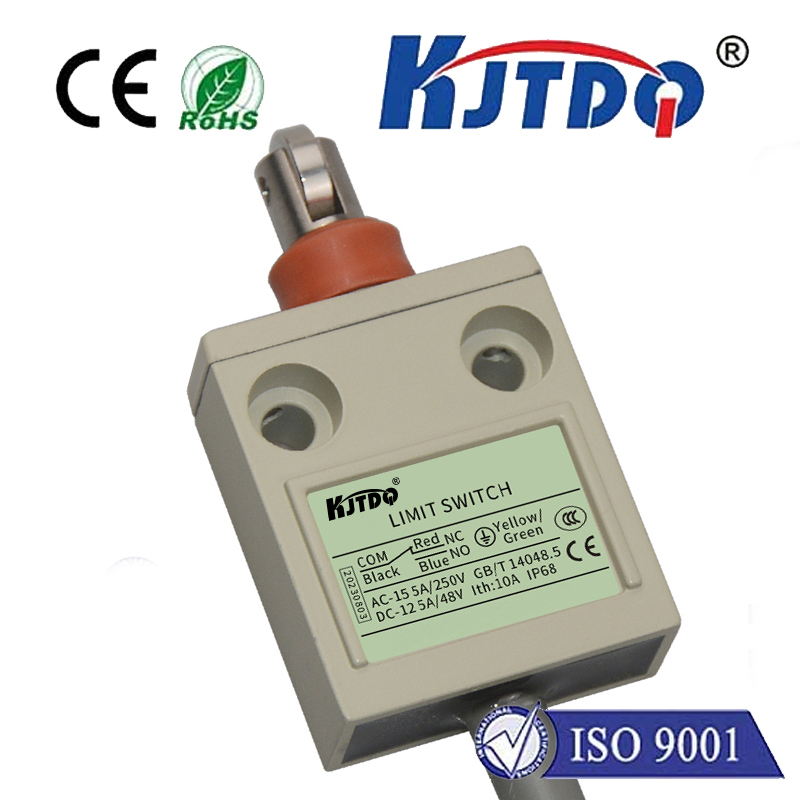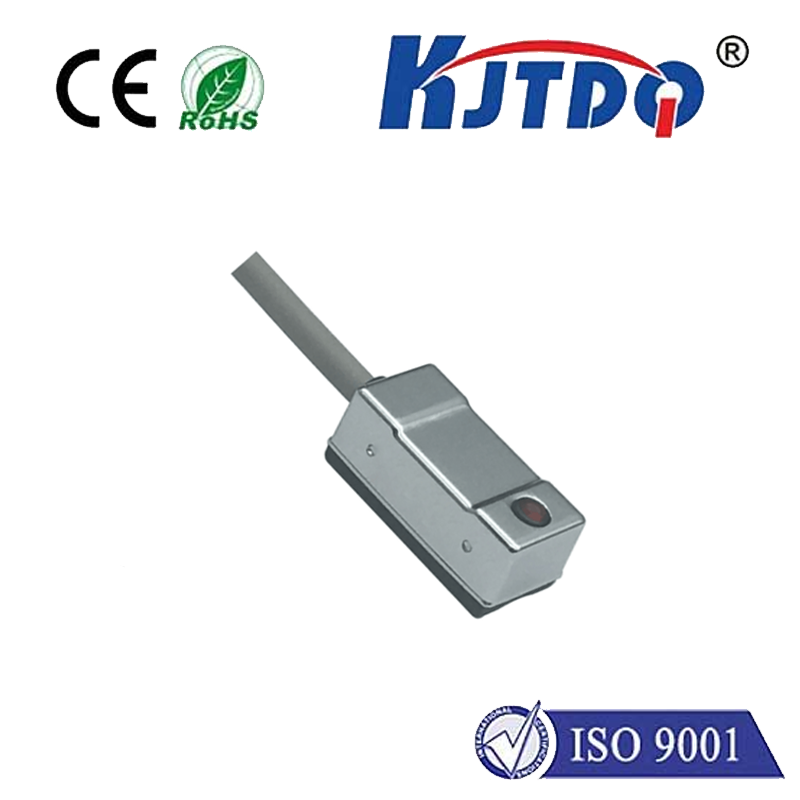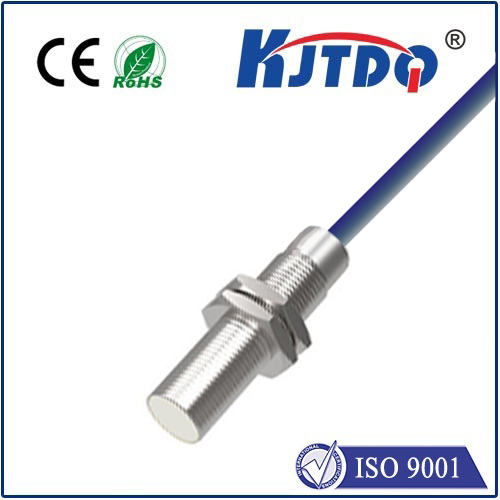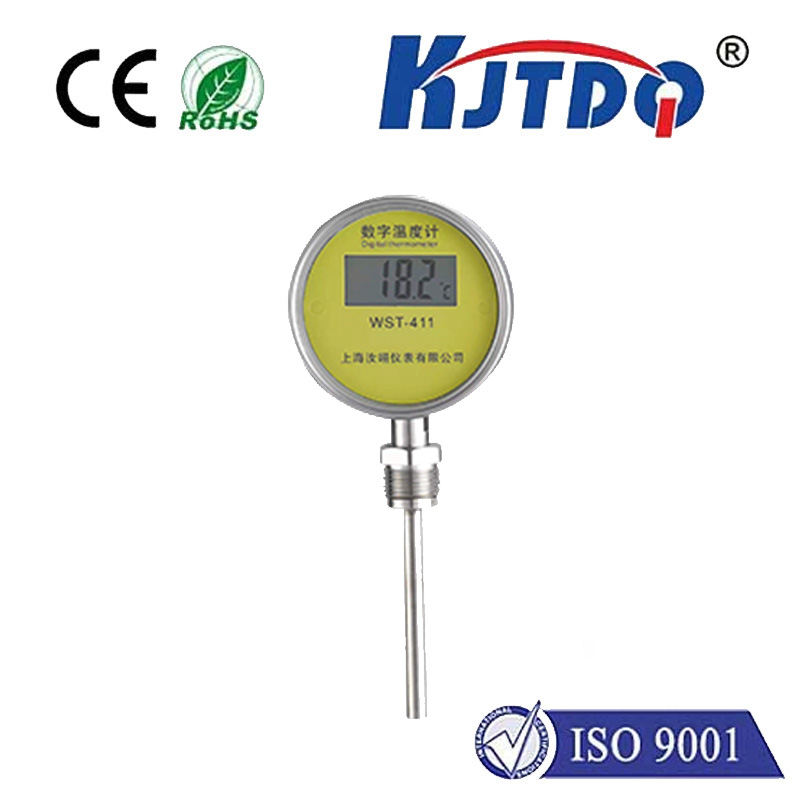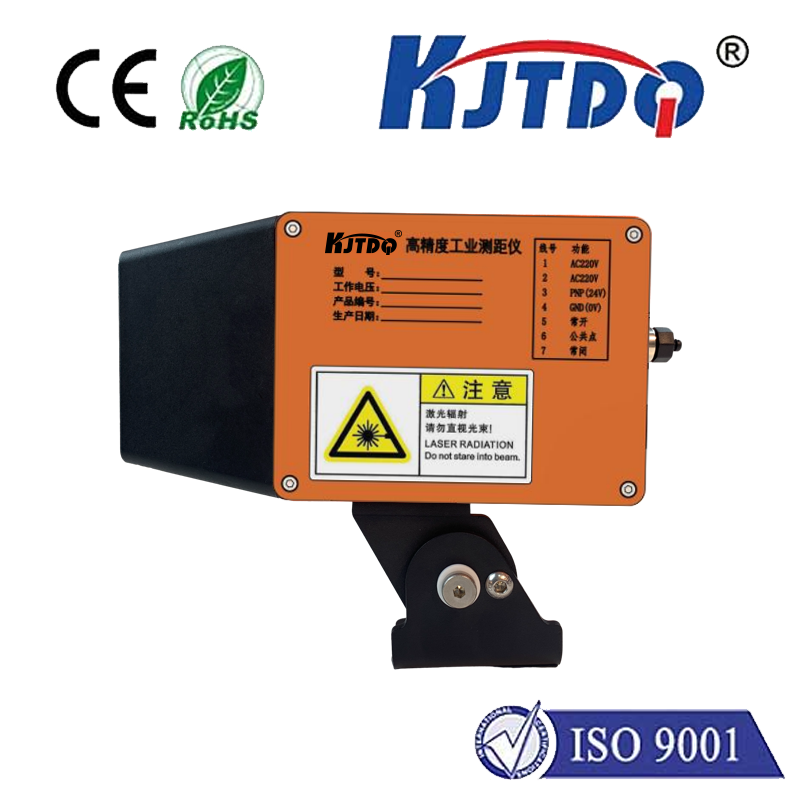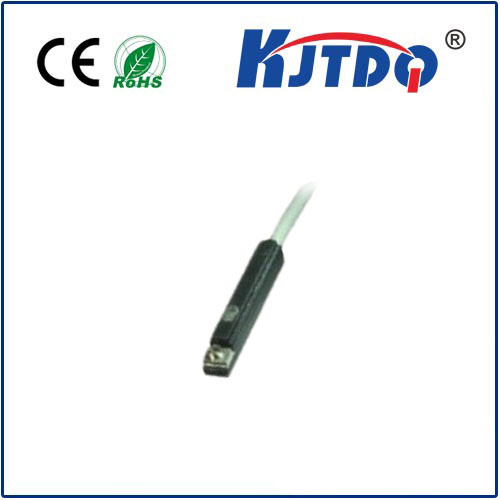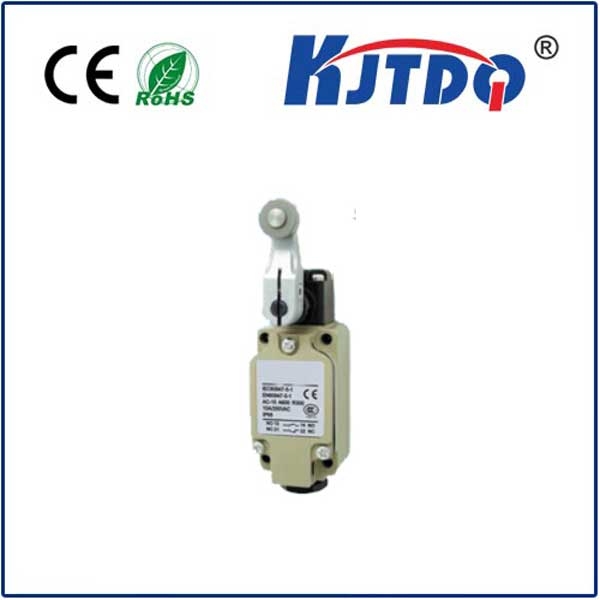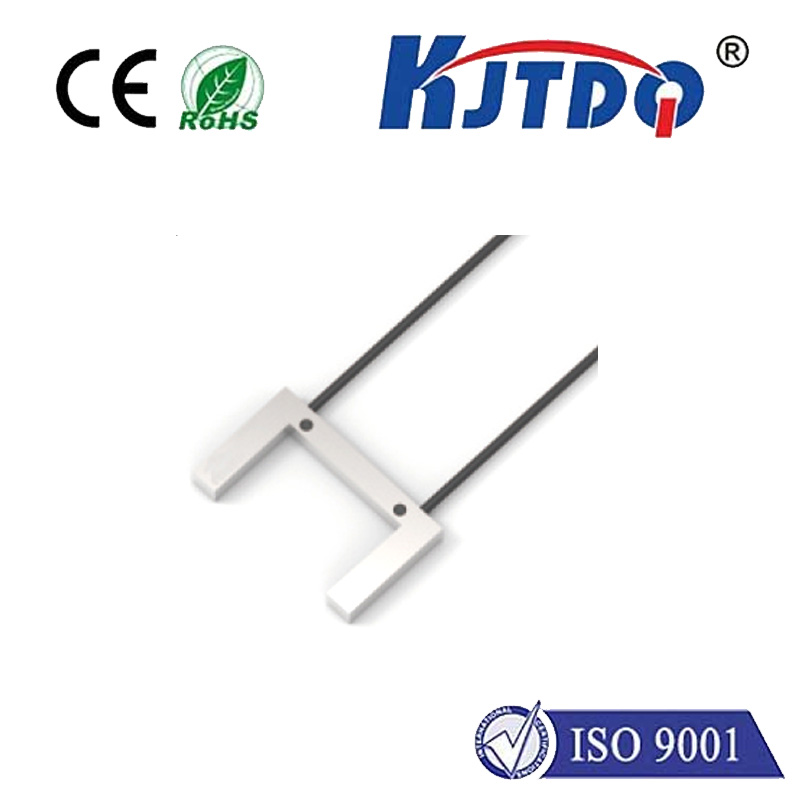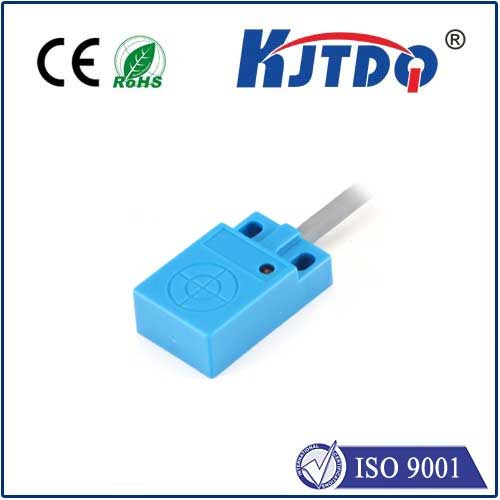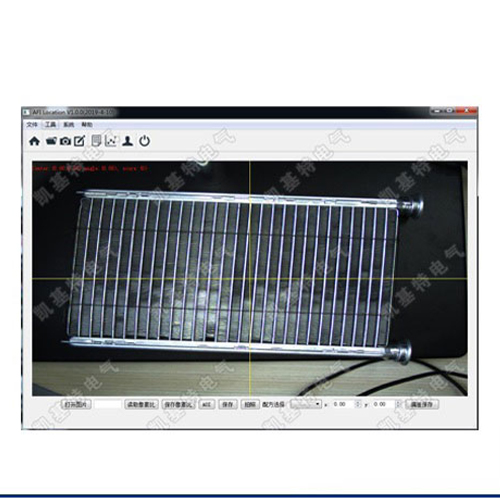

check

check

check

check

check

check

check

check

check

check
Title: Exploring the Versatility of SMT Sensors in Modern Technology
In today's rapidly evolving technological landscape, surface mount technology (SMT) sensors have become an integral component in a wide range of electronic devices. These compact and efficient sensors are designed to be mounted directly onto the surface of printed circuit boards (PCBs), offering enhanced performance, reliability, and cost-effectiveness. In this article, we will delve into the various applications of SMT sensors and how they contribute to the development of modern technology.
Firstly, let us explore the significance of SMT sensors in the automotive industry. With the increasing demand for advanced safety features and intelligent transportation systems, SMT sensors play a crucial role in enabling these innovations. They are used in various applications such as airbag deployment systems, anti-lock braking systems (ABS), and engine management systems. The compact size and high durability of SMT sensors make them ideal for use in harsh automotive environments, ensuring reliable operation even under extreme conditions.

Moving on to the world of healthcare, SMT sensors have revolutionized medical diagnostics and patient monitoring. These sensors are employed in wearable devices that monitor vital signs such as heart rate, blood pressure, and oxygen saturation levels. Additionally, SMT sensors are incorporated into medical instruments like glucose monitors, ECG machines, and pulse oximeters. Their precision and accuracy are essential for accurate diagnosis and timely treatment, ultimately improving patient outcomes and healthcare quality.
In the field of smart homes and Internet of Things (IoT) devices, SMT sensors serve as the backbone for intelligent automation and control. They enable temperature regulation, motion detection, light control, and energy management by collecting data from various environmental factors. This data is then analyzed and utilized to optimize energy consumption, enhance security measures, and improve user experience. SMT sensors' ability to seamlessly integrate with other components makes them an ideal choice for developers looking to create innovative smart home solutions.
Moreover, SMT sensors have found their way into the world of industrial automation and robotics. They provide real-time feedback on machine performance, enabling preventative maintenance and reducing downtime. Industrial robots equipped with SMT sensors can perform complex tasks with precision, efficiency, and consistency. The robustness and longevity of SMT sensors ensure their suitability for use in demanding industrial environments.
Lastly, SMT sensors are widely used in consumer electronics such as smartphones, tablets, and laptops. They contribute to touchscreen functionality, proximity sensing, ambient light detection, and more. These sensors not only enhance user interaction but also improve device efficiency by adjusting screen brightness according to ambient light levels and managing power consumption based on user proximity.
In conclusion, SMT sensors have proven themselves to be versatile and indispensable components in modern technology. Their small size, high durability, and precise performance make them suitable for a diverse range of applications across various industries. As technology continues to advance at an unprecedented pace, the demand for SMT sensors is expected to grow, further driving innovation and shaping the future of electronic devices.
